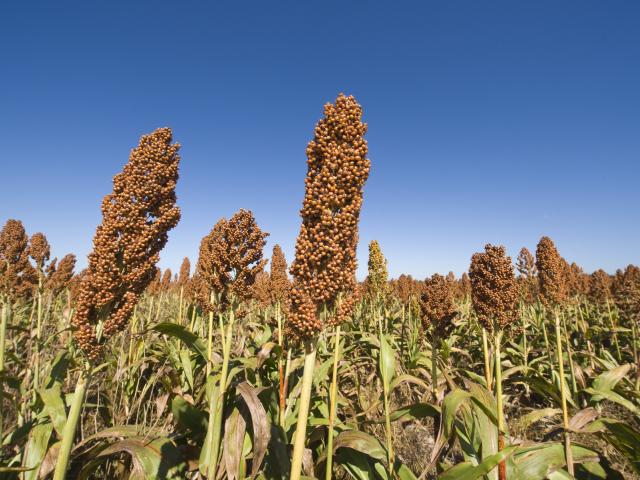South coast summer crop options following a dry winter
There are a number of good reasons to produce summer-growing tropical and subtropical fodder sources on areas of fragile and exposed soils that have had little growth over winter.
A major aim in WA’s south coastal environment is to stabilise and protect fragile soils from wind erosion, with a secondary aim of grazing for livestock production.
However, a profitable grain yield in this environment is not likely.
The Department of Primary Industries and Regional Development is working with local agronomists to offer the following advice for those considering a summer fodder crop.
Strategies
Assuming the aim is to protect fragile soils, there are two key strategies to consider.
- Early sown planned approach: In this case, the soil should be kept free of weeds from early September onwards to help maintain soil moisture. This will hopefully allow for sufficient moisture to be available when soil temperatures reach at least 15 degrees by 8am for five consecutive days. The risk is that there is insufficient moisture stored and the crop cannot be successfully established and the already fragile soil is left bare for the entire summer.
- Purely opportunistic: If a significant amount of summer rain is received, wait for a germination of weeds and then seed as soon as possible. This is a much more predictable method of establishment but frequently does not occur until much later in the season but usually allows for successful grazing and good ground cover.
Species
The best grain species to use are generally Sorghum, Sudan Grass, Sudax and Millet. Some hybrid corns are emerging that will germinate under lower soil temperature conditions but these still need to be trialled under south coast summer dryland conditions.
Many people have gone down a high input road to produce these crops but, in reality, the yield and production levels are determined by often infrequent rainfall on very shallow soils with low moisture-holding capacity.
The application of significant amounts of fertiliser and the costs and risks associated with that are unlikely to yield profits in many south coastal environments.
Sorghum
Sorghum is in most cases the most productive product available, however, there are issues with it in the south coastal environment.
Water stress is very likely at some stage and, if it is to be grazed by livestock, the newer low prussic acid varieties (SSS) should be used.
However, be aware that these will still result in high and toxic levels of acid when under significant stress.
The old rule of thumb was that crops should not be grazed when shoots are less than 18 inches (or 45cm) tall.
In this environment, there will be a range of shoot development under some degree of stress.
If grazing, be very mindful of the crop condition and development.
It may be that the crop cannot be grazed at all if the summer is very dry.
Seeding rates are dependent upon the seed quality and germination.
The bag’s tag or panel at the bottom of the bag should state the number the seeds per kilogram so the seeding rate can be calculated.
Significant grain yields are unlikely and grazing is preferable but with uncertain establishment, seeding rates of 3-4kg/ha are usually best.
Wider row spacing may be used and many farmers lock back every second tyne in order to minimise soil disturbance while achieving the necessary planting density.
Millet
Millet is less productive than Sorghum but, in some cases, can be more resilient and useful under dry conditions.
Millet can germinate at slightly lower temperatures than Sorghum and hybrids.
The benefit with Millet and its hybrids is that it does not have any prussic acid issues and grazing can occur at almost any time as long as the plants cannot be pulled from the ground by grazing animals.
Seeding rates in the range of 3-4kg/ha are usually best in an uncertain seed environment.
Weed control
As with any cropping, weed control at emergence is essential for the development and success of the crop. Knockdowns are essential but in the case of these species, you are also able to use triazines and some other products as a pre-emergent to keep weeds out of the sward while the crop emerges.
Radish and melons can be a significant weed in these crops but can be controlled using spray grazing techniques with phenoxy herbicides as required.
For more information contact Graham Laslett, Senior Agronomist, Combined Agronomic Service on +61 428 910 083.

